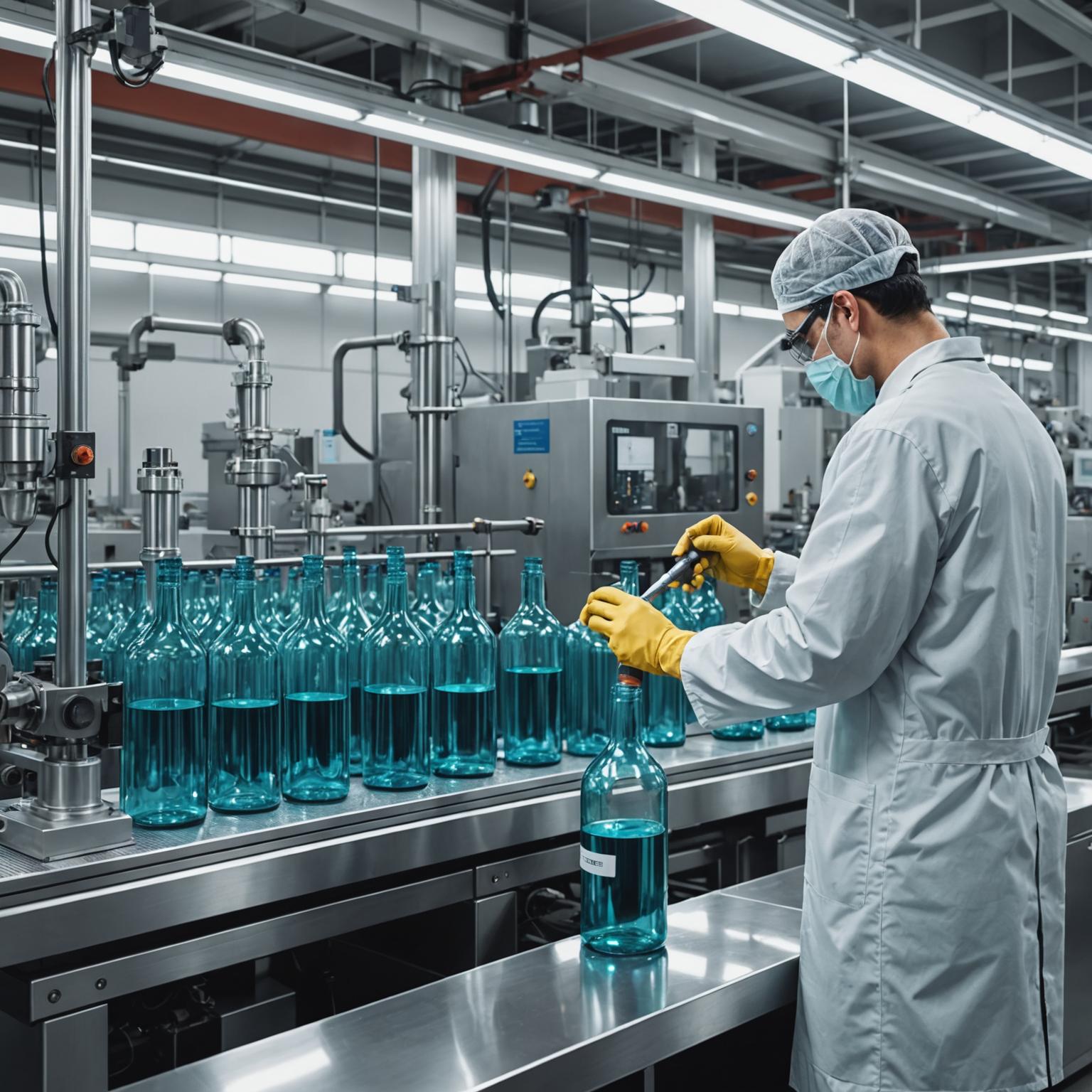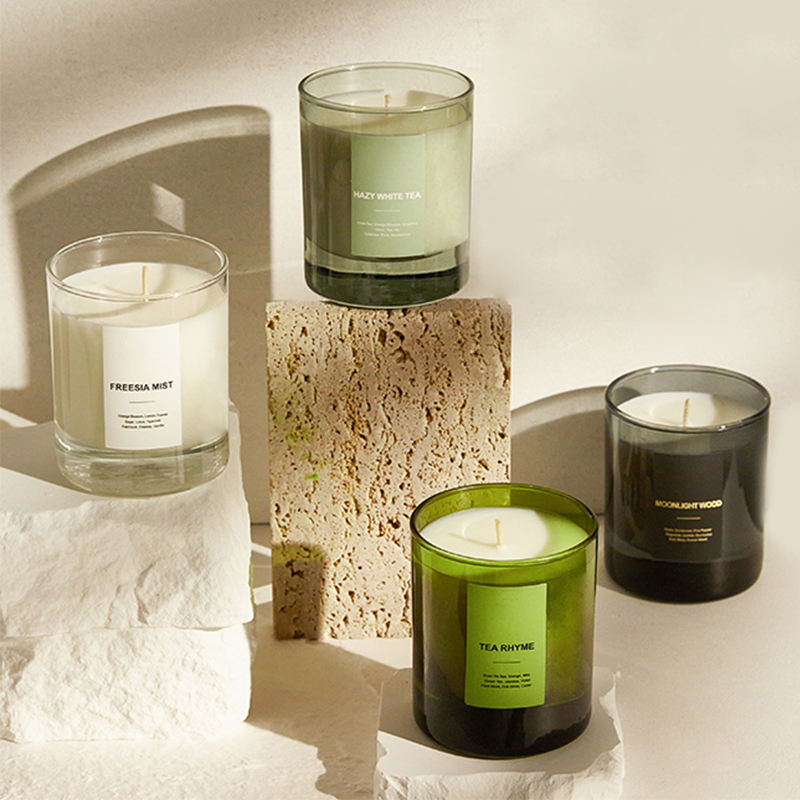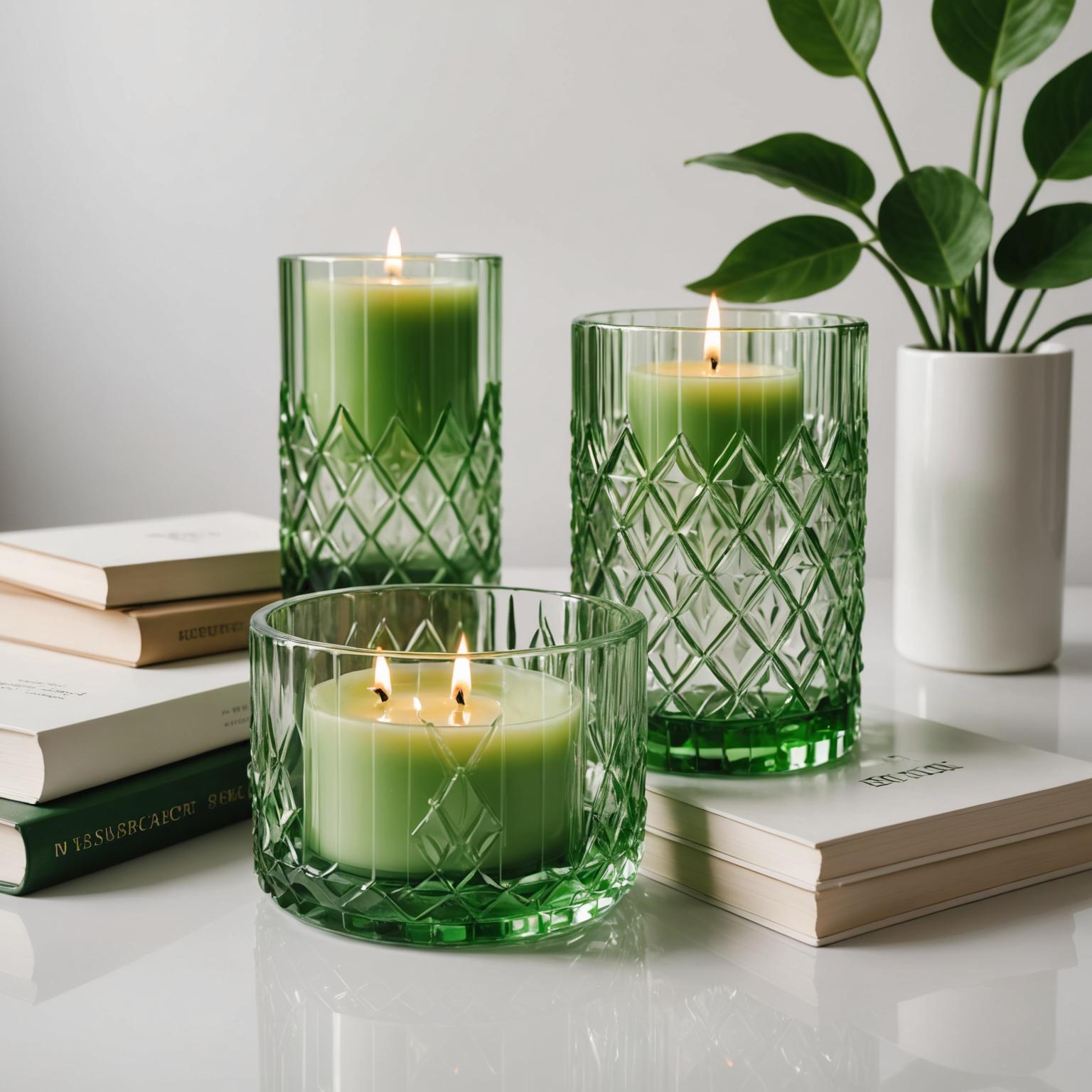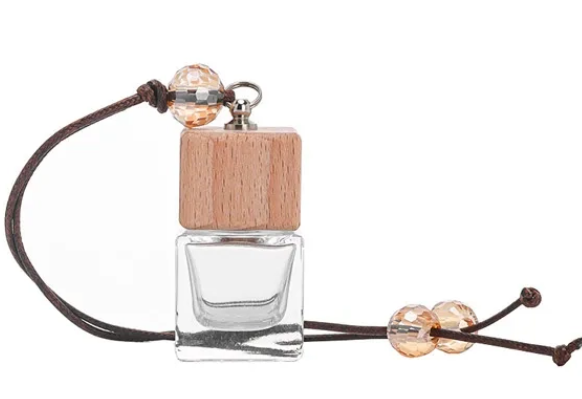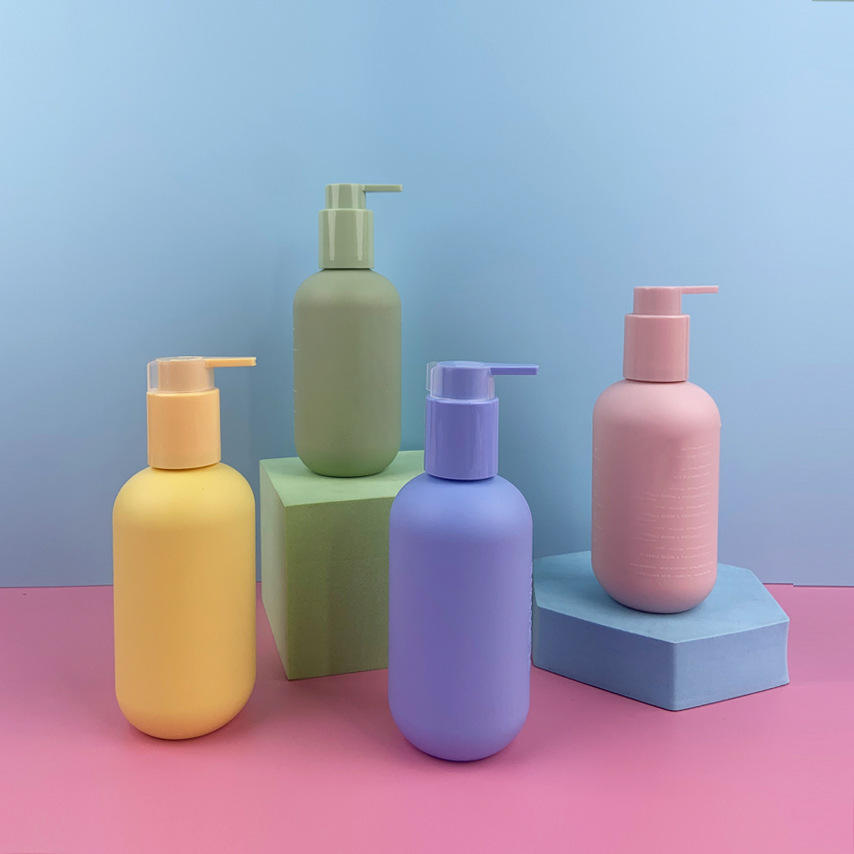Introduction to Glass Bottle Surface Treatment
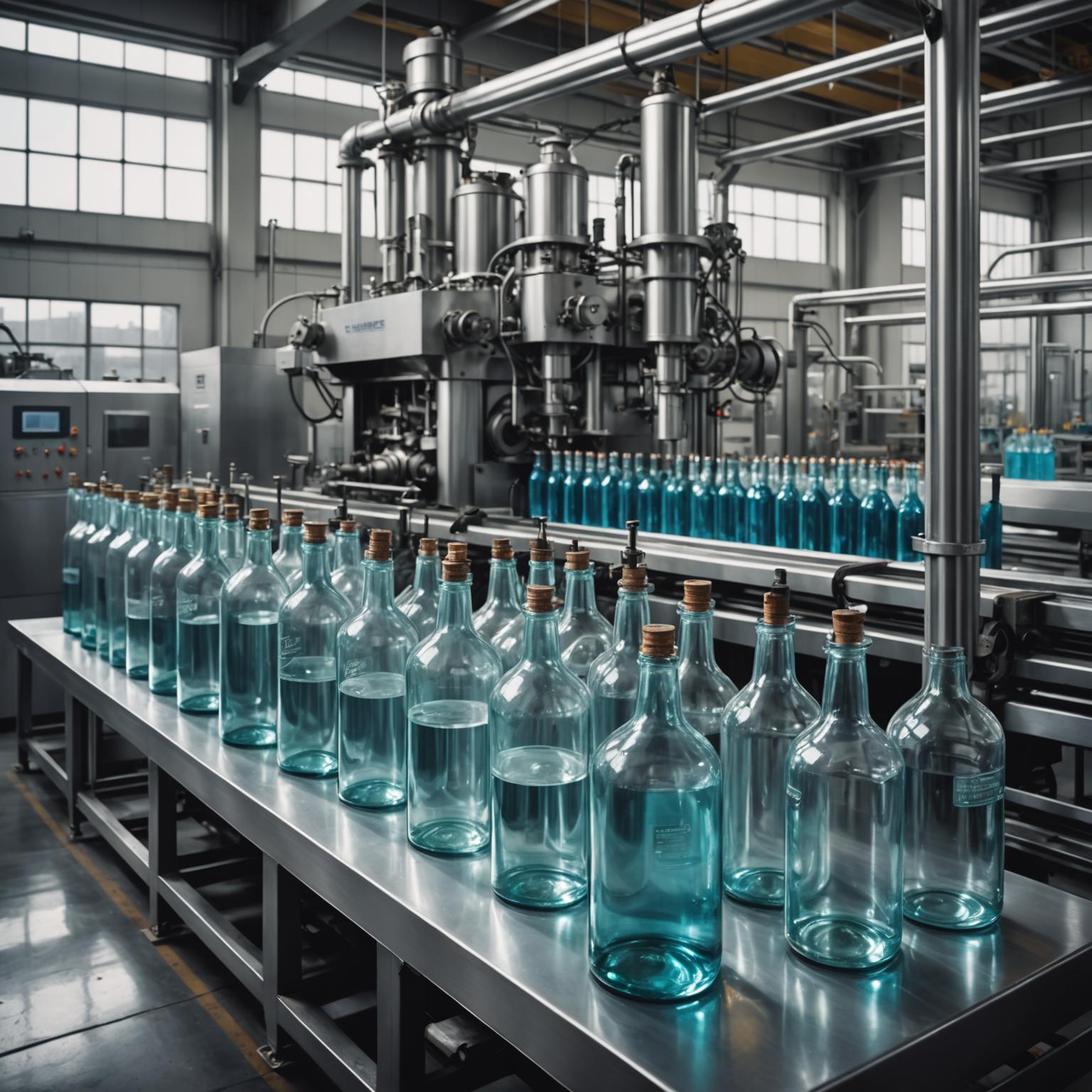
Glass bottle surface treatment is an essential process that not only enhances the aesthetic appeal of bottles but also improves their functional properties. Whether for beverage bottles, perfumes, or decorative items, the treatment of glass bottle surfaces transforms plain-looking pieces into eye-catching and versatile products. The techniques involved range from basic cleaning to advanced decorative processes like printing or surface coating, ensuring the end product meets both design and performance specifications.
Glass bottle treatments are crucial for industries looking to achieve standout packaging that reflects their brand's values. From adding logos to improving resistance to wear, understanding the available processes is essential for manufacturers and designers alike.
Why Surface Treatment Matters
Before diving into the techniques, it’s critical to understand the "why." Every design embellishment or functional coating added to a glass bottle serves a purpose. For example, the printing process for glass bottles enables brands to include logos, product details, or unique designs directly on the bottle. This eliminates the need for separate labels and creates a sleeker, more sophisticated look.
Beyond aesthetics, surface treatments bring critical benefits such as:
- **Durability:** Protective coatings can protect the glass from scratches and external damage.
- **Functionality:** Certain coatings improve grip, making the bottle easier to handle.
- **Branding:** Techniques like embossing or screen printing allow businesses to create personalized and easily recognizable designs.
- **Preservation:** Some finishes, such as UV-resistant coatings, shield the contents of the bottle from harmful light exposure.
By investing in surface treatment, manufacturers can cater to both functional and aesthetic consumer demands.
Most Common Glass Bottle Finishing Techniques
When it comes to glass bottle finishing techniques, there are several options, each offering unique results. Here are some of the most widely used methods:
1. **Surface Coating for Glass Bottles:**
Surface coating is one of the most versatile options available. Coatings can serve both decorative and practical purposes. For example, frosted coatings give bottles a matte, elegant finish, while UV coatings provide protection against sunlight. Anti-scratch coatings, meanwhile, improve the durability of bottles used in heavily trafficked environments.
2. **Printing Process for Glass Bottles:**
Screen printing, pad printing, and digital printing are the go-to methods for transferring designs onto the surface of glass bottles. Screen printing is widely used for high-volume production, while digital printing excels in creating detailed, colorful designs. These processes enable the transfer of logos, graphics, or even text directly onto the glass, eliminating the need for additional labeling.
3. **Etching and Frosting:**
Achieved using chemicals or sandblasting, these techniques produce a textured appearance on the bottle's surface. Etching creates intricate patterns or custom designs, while frosting results in an opaque, classy finish. Both are excellent options for enhancing the visual appeal of high-end products like perfumes or luxury beverages.
4. **Color Coating and Tinting:**
Giving glass bottles a splash of color or a subtle tint adds an extra layer of customization. From full opaque coatings to translucent shades, this method alters the look of the bottle based on customer preferences. Color coating is particularly popular in the spirits industry, where standout packaging is essential.
The Steps Involved in Surface Treatment
Understanding the steps involved in glass bottle surface treatment can provide a better grasp of the complexities behind the process. Here’s a typical workflow:
1. **Preparation:**
Before any treatment, the glass bottle undergoes cleaning to remove dirt, oils, or imperfections. This step ensures the coating or print adheres properly to the surface.
2. **Etching or Coating Application:**
Depending on the desired finish, a layer of coating is applied, or the surface is treated with chemicals for etching. For screen printing, fine screens are used to transfer designs onto the bottle.
3. **Curing or Drying:**
After application, the bottle is placed in a curing oven or left to dry naturally. Curing enhances the adhesion and durability of coatings.
4. **Quality Check:**
Finally, each treated bottle is inspected for imperfections. Only products that meet quality standards are passed on to packaging and shipping.
Applications Across Various Industries
Glass bottle surface treatment finds applications across a wide array of industries, including:
- **Food and Beverage:** Surface coatings help prevent moisture buildup, improve handling, and enable direct printing of labels or designs.
- **Cosmetics and Personal Care:** Frosting, etching, and color coatings give luxury cosmetic products a premium look.
- **Pharmaceuticals:** Protective coatings can help safeguard medical solutions from UV rays, ensuring product stability.
- **Luxury Goods:** Intricate etching, frosting, and decorative printing make high-end packaging an amazing work of art.
The ability to customize a bottle’s appearance while enhancing its durability ensures manufacturers can meet dynamic market demands.
Benefits of Using Advanced Printing Processes
For businesses focused on branding, the printing process for glass bottles offers immense advantages. Below are some of the most notable:
- **Personalization:** Include logos, product descriptions, barcodes, or decorative elements with ease.
- **Cost-Effective:** Removing the need for labels reduces production time and costs.
- **Environmental Impact:** Printing directly onto bottles eliminates waste associated with adhesive labels or wrappers.
- **High Resolution:** Modern digital printing allows for sharp, colorful graphics ideal for marketing premium products.
The Future of Glass Bottle Surface Treatment
The technologies behind surface treatments are constantly evolving. Today, sustainability and eco-friendly practices are becoming top priorities in product packaging. Techniques such as water-based coatings and recyclable inks cater to environmentally conscious consumers while maintaining quality.
Innovation also extends to smart surfaces. New coatings are under development that can display electronic information or interact with users through augmented reality. These advancements highlight the growing importance of surface treatment in creating not just visually appealing, but also highly functional bottles.
Conclusion
The importance of glass bottle surface treatment cannot be overstated. From improving durability to creating eye-catching designs, the range of available techniques ensures manufacturers can achieve their desired results. Whether through intricate etching, seamless printing, or protective coatings, the possibilities for customization are limitless.
By understanding the methods and their applications, businesses in various industries can take full advantage of these technologies, ensuring their products stand out in a competitive marketplace. As innovations continue, glass bottle treatments will only grow more versatile, sustainable, and essential in shaping the future of product packaging.



